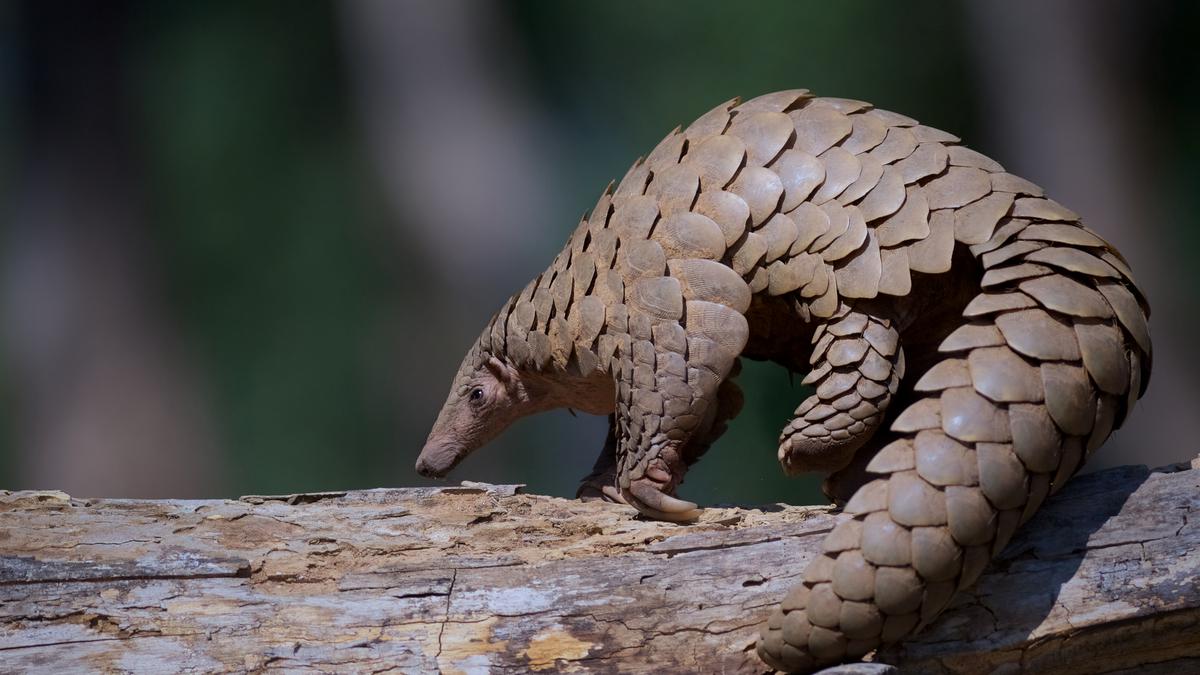
Over 1,000 pangolins trafficked in India in 5 years
The Hindu
International non-profit organisation TRAFFIC has reported that 50% of seizures included live pangolins and 40% involved pangolin scales, used as an ingredient in traditional medicine in China and Southeast Asia
Kolkata
On the eve of World Pangolin Day observed on February 18, a not-for-profit organisation working on the international trade of animals and plants, has brought out a fact sheet reporting that 1,203 pangolins have been found in illegal wildlife trade in India from 2018 to 2022.
Up to 24 States and one Union Territory saw seizures of pangolins and their derivates.
Odisha reported the maximum number of incidents, with 154 pangolins in 74 seizures. It was followed by Maharashtra with 135 pangolins in 47 seizure incidents. The publication, titled ‘India’s Pangolins Buried in Illegal Wildlife Trade’, has tracked 342 total incidents during this time period. Eight incidents of online trading were also recorded.
Merwyn Fernandes, coordinator of TRAFFIC’s India office, said in the organisation’s fact sheet that up to 50% of seizures included live pangolins and 40% involved pangolin scales. “India reports a significant number of pangolin trafficking incidents reflected by seizures across the country. They are poached mainly for international markets in China and southeast Asia for their scales, which are used as an ingredient in traditional medicines. Pangolin meat is also considered a delicacy and consumed for its alleged medicinal properties,” he was quoted as saying.
Pangolins are among the most trafficked wild mammals globally. India is home to two species: the Indian Pangolin, found across the subcontinent; and the Chinese Pangolin, found across a larger area in south Asia. Bihar, West Bengal, and Assam see the presence of both. Both species are included under India’s Schedule I of the Wildlife Protection Act that could result in a jail term for those hunting animals listed here. They are also in Appendix I of the Convention on International Trade in Endangered Species of Wild Flora and Fauna (CITES), meaning they are most endangered. The Indian Pangolin has been classified as ‘Endangered’ and the Chinese Pangolin as ‘Critically Endangered’ by the International Union for Conservation of Nature’s Red List of Threatened Species.
There is limited information of population status and distribution of the scaly anteater, as it is called. What is known is that it acts as both predator and prey, feeding on insects and also preyed upon by other animals. Other than regulating the population of insects, the pangolin is an ‘ecosystem engineer’ that builds burrows that help circulate soil organic matter, increase soil moisture and aeration, and affect plant community succession.













